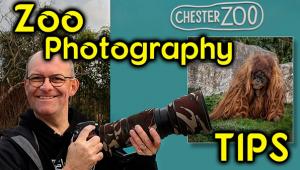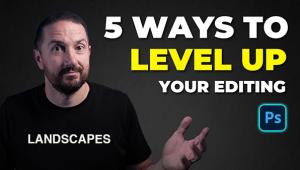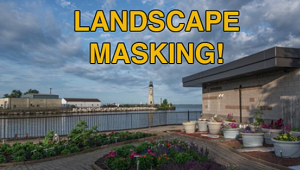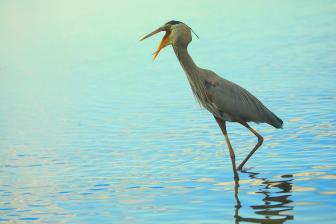Pro Tips: When The Photo Setting And Subjects Don’t Vary, Stay Alert…And Keep Moving

All Photos © Blaine Harrington
A recent shoot offered a spectacular setting, cooperative subjects, wonderful lighting, great colors, a number of advantageous positions from which to shoot—and a challenge for a travel photographer used to roaming cities and countryside in search of images.
The challenge? There was essentially one location, and it was filled with 2000 people all doing the same things over and over again. What I had to do was find variety and create diverse photographs. The event was called Yoga on the Rocks, and it was held on four consecutive Saturdays in midsummer last year at the Red Rocks Amphitheatre, about 15 miles west of Denver.
Knowing that position was going to be the prime key to success—and the ability to move around a close second—I showed up on one of those Saturdays about 45 minutes before the one-hour program’s 7:00 a.m. start and staked out a spot facing the main stage. As the place filled up I felt a rush of excitement: so much energy, so much color, and the light was great. The elements were there for me; all I needed to do was to capture them without repeating myself.


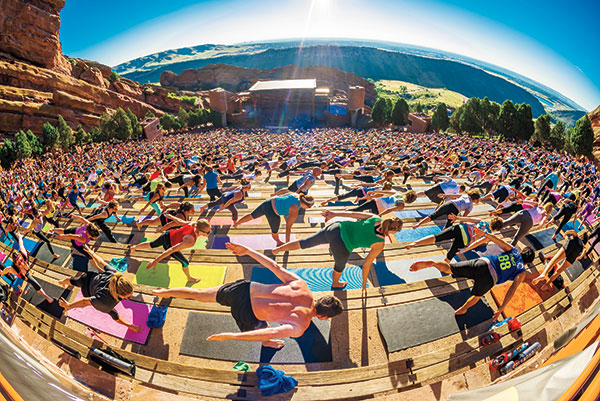
My wife, Maureen, is a member of CorePower Yoga, the main sponsor of the event, and I do some yoga myself, so I had a big advantage: I’d know the moves and positions as they were called out to the crowd by the instructors. And I knew the participants would be holding the poses for a relatively long time, and repeating them, so I’d get more than one chance for a photograph of every position.
I stayed on the move the whole time, looking for different angles and perspectives, searching for patterns and compositions, and changing lenses frequently to vary the views. I started off on the left side and worked my way down toward the stage, but not too close because the sun was so low behind the stage that shade covered a number of front rows. Then I walked back up and around to the right.
There was so much going on, but it was all slow, smooth, precise, and predictable motion. On the other side of that coin, there were so many people taking part that it was easy to lose concentration and get lost in all the choices I could make about where to stand, who to include in the frame, and what lens to use to make the photo work.
I carried two Nikon bodies—the D700 and D610—and four Nikkor lenses—a 16mm fisheye and 14-24mm, 24-70mm, and 70-300mm zooms. I wore a Lowepro S&F Deluxe Technical Belt because its big lens pouches allowed me to keep all the lenses in front of me to make quick changes.
As I moved around, I sized up each vantage point and each perspective as well as how the changing light was working in the scene. I was aware of the colors of the participants’ outfits and how good the participants looked as they went through the poses. I was also aware of just how much the incredible setting was adding to the frames. I mixed overall views, medium shots and close-ups, each photo accomplishing a purpose and satisfying an aspect of the story. Before I knew it, the hour had flown by.



Yoga on the Rocks was not only a great opportunity for pictures, it was a great experience. It was very special to be among so many people dedicated to this discipline and to be, in my own way, a part of it.
Though the shoot wasn’t an assignment, I did have the thought of selling some photos later on. I posted images on Facebook, on my website, and to the Facebook page for the event. I sent a link to my site to CorePower’s Facebook page also. Dynamic setting, great color, unusual event—I was sure someone would go for the photos. A couple of days later I got a call from a public relations person from the city of Denver. Although they’d hired someone to shoot the event, they liked my photos and bought the rights to 11 images.
I’m thinking I did a pretty good job of meeting the challenge of a shoot that might have turned out to be too much of a good thing.
A selection of Blaine Harrington’s images can be viewed at his website, www.blaineharrington.com.











